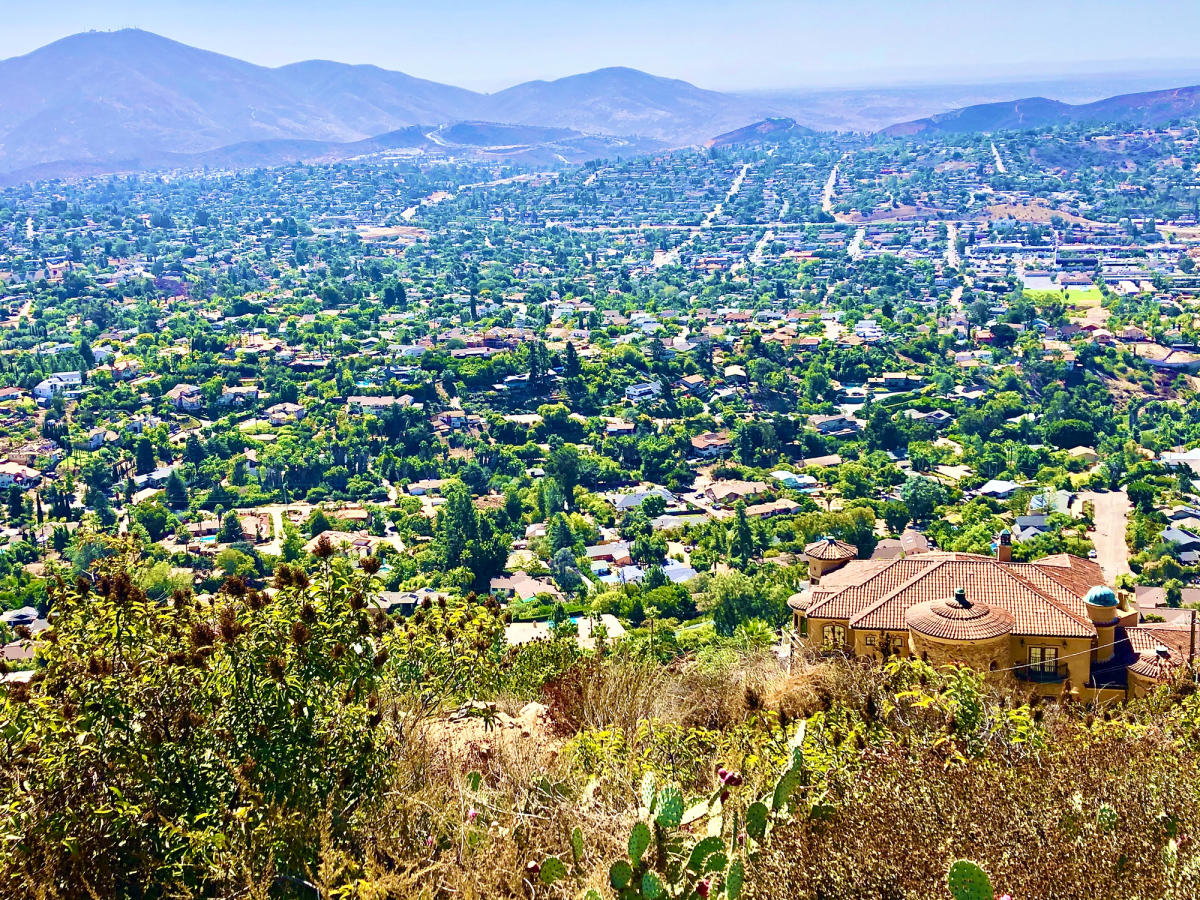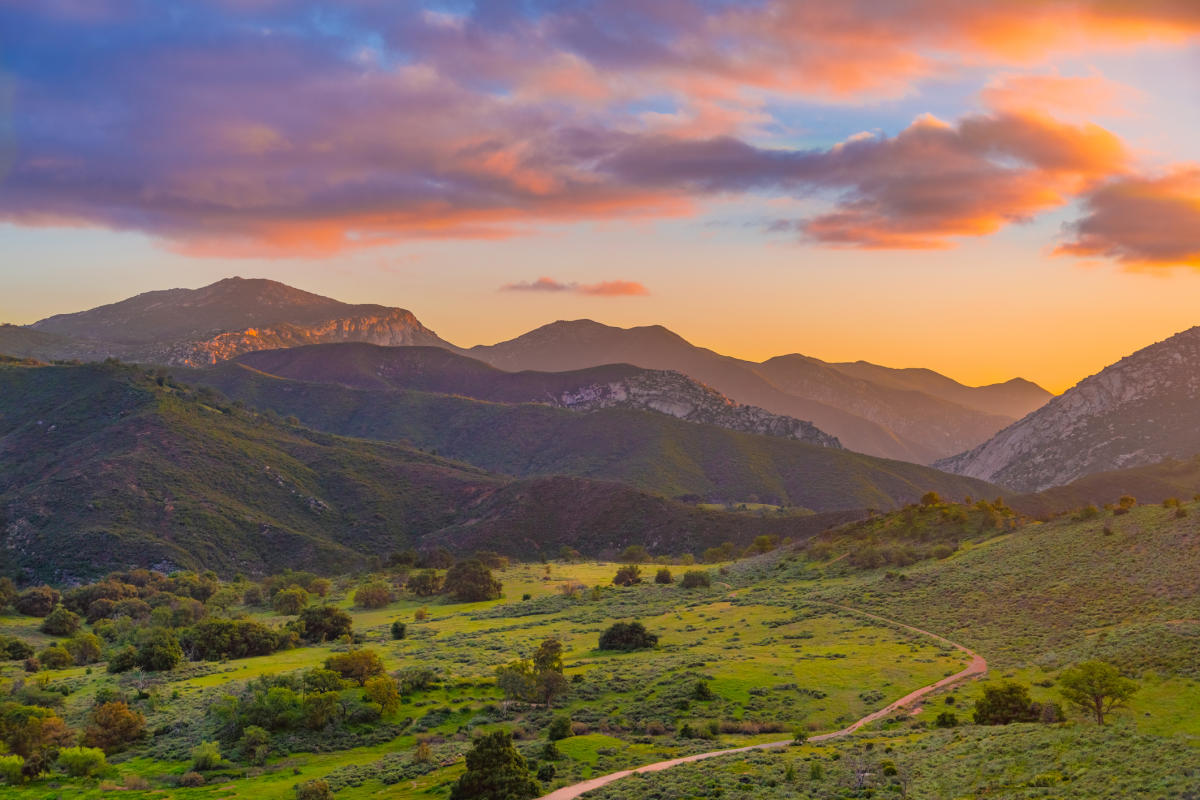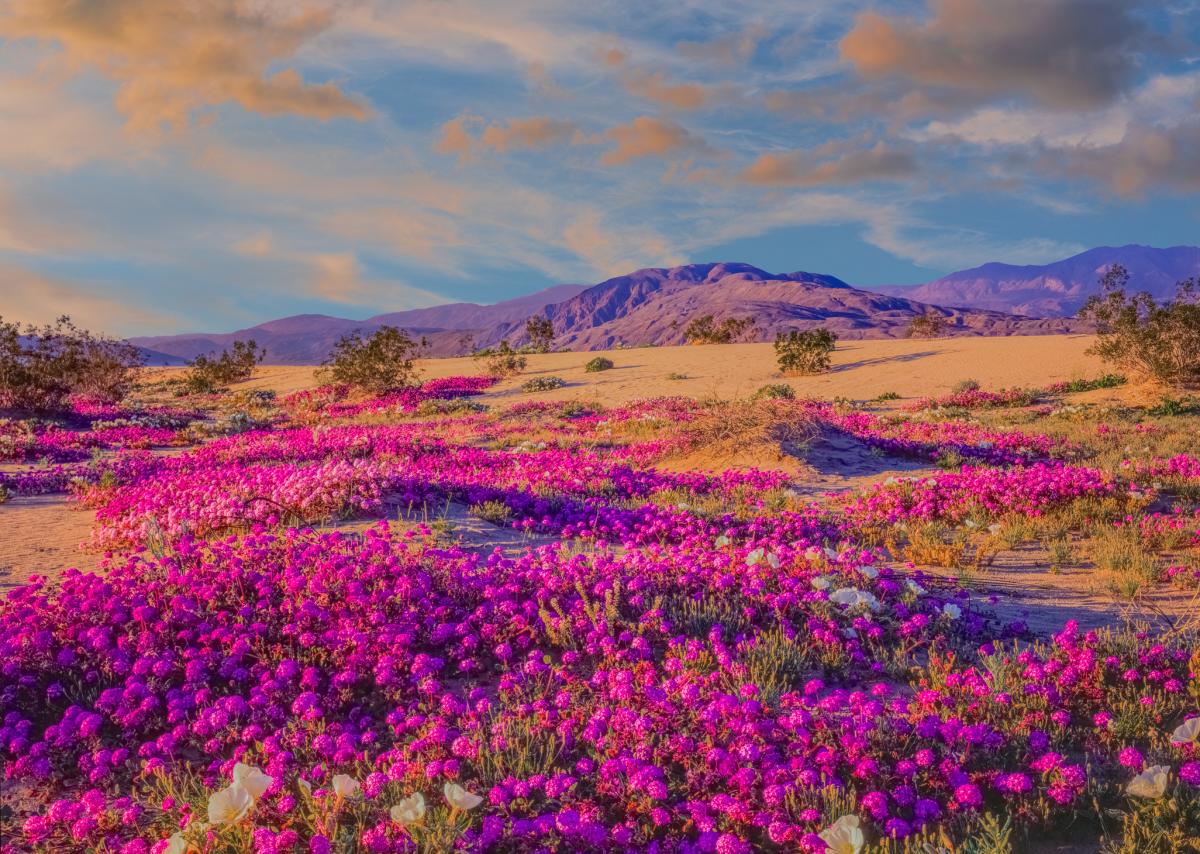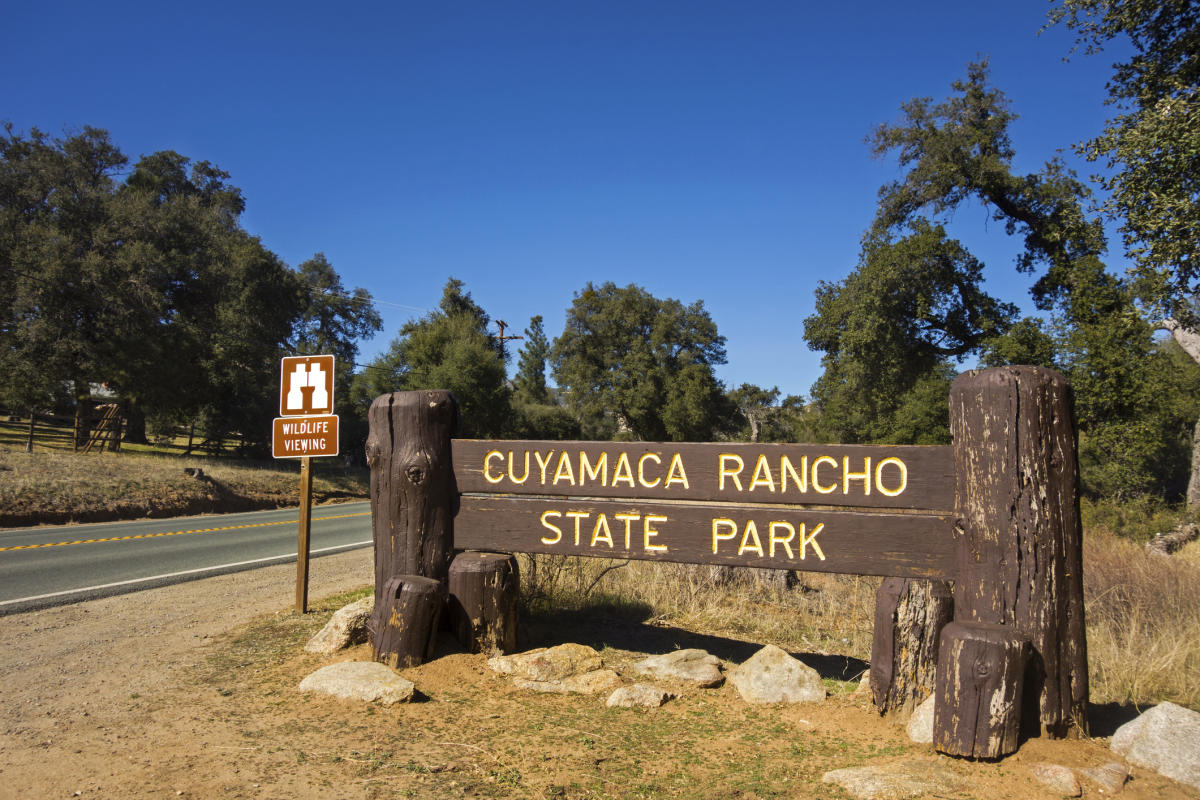San Diego is full of incredible parks, nature preserves, and open spaces - which is one of the reasons it remains one of the nation's most popular tourist destinations. For outdoor recreation enthusiasts and nature lovers, San Diego is a paradise full of endless opportunities for exploration. Locals love living in America's Finest City for the ample opportunities to get outdoors and enjoy the perfect weather, and visitors are often left awe-struck by the breathtaking natural scenery and views of the Pacific Ocean.
While you're out hiking and exploring and soaking up the Southern California sunshine, you might find yourself wondering about the history behind some of the uniquely named parks, mountain peaks, and nature preserves. San Diego has a rich history, full of indigenous roots, colonizers, and exploration. Let's dive into the historical figures who inspired the names of the gorgeous natural spaces in San Diego County.
Mount Helix

Majestic Mount Helix was named after a garden snail! A Swiss biologist named Louis Agassiz, who has become a controversial figure due to some of his problematic racist ideas, was exploring the area surrounding the mountain when he discovered a species of snail, helix aspersa, that had never been spotted in Southern California before. After his discovery, he shared the news with landowner Rufus King Porter, who decided to call the peak Mount Helix in honor of the snail.
How did a species of European garden snail make it all the way to San Diego in the first place? Historians believe it may have originally hitched a ride on the ships that transported livestock to the region.
Kate Sessions Park
Kate Sessions was a horticulturist and a landscape architect who lived in San Diego during the 19th and early 20th centuries. She is credited with planting hundreds of trees and is affectionately known as the "mother of Balboa Park" due to her efforts.
In addition to planting trees around the city, Kate Sessions introduced many new plants to San Diego that have now become iconic parts of the landscape. Sessions called the Pacific Beach neighborhood home for much of her life, and so the neighborhood honored her with the renaming of a park she helped to establish in the 1930s. Once called Color Park, due to the colorful flowers she planted there, officials re-named the area as Kate O. Sessions Memorial Park in 1957, on what would have been her 100th birthday.
Palomar Mountain

The towering and majestic Palomar Mountain was named by early Spanish colonizers way back in the 18th century. While climbing the 6,000-foot mountain they noticed lots of pigeons roosting amongst the rocks, and so they called the peak Palomar, which is the Spanish word for dovecote - a name for a place where pigeons live.
Previously, indigenous people knew the mountain by the name Paauw, and later residents would attempt to rename the mountain after a homesteader called Joseph Smith, but ultimately the name was switched back to Palomar Mountain.
Cowles Mountain
The City of San Diego's highest peak is named after a rancher who lived in East County during the late 1800s named George A. Cowles. Originally, the entire neighborhood of Santee was known as Cowlestown, as it was the town that grew up surrounding his large ranch. It was later changed to Santee because Cowles's widow remarried the well-known engineer Milton Santee.
The city of San Diego purchased Cowles Mountain in the 1980s and named it for the original rancher. Before that it was simply called "S" Mountain by locals because students of San Diego State University painted the mountain with a large S, standing for State, in honor of their college.
Morley Field
Morley Field is a recreational space located within Balboa Park, that is a beloved hangout for sports enthusiasts. It's home to a sports complex, trailheads, and a disc golf course.
It is named after John Morley who was the superintendent of Balboa Park from 1911 to 1938. Morley led the park project and was responsible for the planting of thousands of trees, shrubs, flowers, and other plants.
Anza-Borrego Desert State Park

Anza-Borrego Desert State Park is located in the eastern part of San Diego County and is made up of a vast area of protected desert landscape. It is a great place to go hiking and experience the beauty of the unique landscape.
The park's name was initially Borrego Palms Desert State Park. Borrego is the Spanish word for sheep, as many bighorn sheep call the area home. Eventually, the name was changed to Anza Desert State Park, after the diaries of a Spanish colonizer named Juan Bautista de Anza were published, shedding new light on the desert landscape.
In the 1950's a second park opened nearby with the name Borrego State Park. We can only imagine that it got quite confusing for locals, so eventually as the parks grew in popularity, they were combined under the name Anza-Borrego Desert State Park.
Woodson Mountain
Woodson Mountain is actually named in honor of a man from Kentucky. Marshall Clay Woodson was believed to have served as a medic for the Confederate Army during the Civil War and then moved to Romona, California in the 1870s. There he acquired 320 acres of land near the mountain that is named after him.
The indigenous Kumeyaay name for the peak is Ewiiy Hellyaa, which means the "mountain of the moonlit rocks", or simply "moon mountain." The area is sacred to the Kumeyaay people. The mountain was known and loved by them for hundreds of years before Woodson arrived on the scene.
Cuyamaca Rancho State Park

Cuyamaca Rancho State Park is one of the few parks in San Diego County that has a name somewhat related to its original indigenous roots. The area has long been home to indigenous people like the Kumeyaay. Cuyamaca is the Spanish version of a Kumeyaay word which means "the place where it rains."
The Rancho part of Cuyamaca Rancho State Park's name comes from the California rancho history from the 18th and 19th centuries when the Mexican government issued land grants for cattle ranches. A Mexican landowner obtained the grant for the land where Cuyamaca Rancho State Park now sits, and called it Rancho Sierra de Cuyamaca.
Stonewall Peak
California didn't really have anything to do with the Civil War, but many places are named for well-known Confederate army personnel. Stonewall Peak is named after General Thomas "Stonewall" Jackson as is the nearby Stonewall Mine. It was believed to have been named by Confederate sympathizer William Skidmore who found the mine.
The controversial name has led local lawmakers and park officials are currently considering a name change due to many complaints, and they may rename the mountain with a Kumeyaay name.

